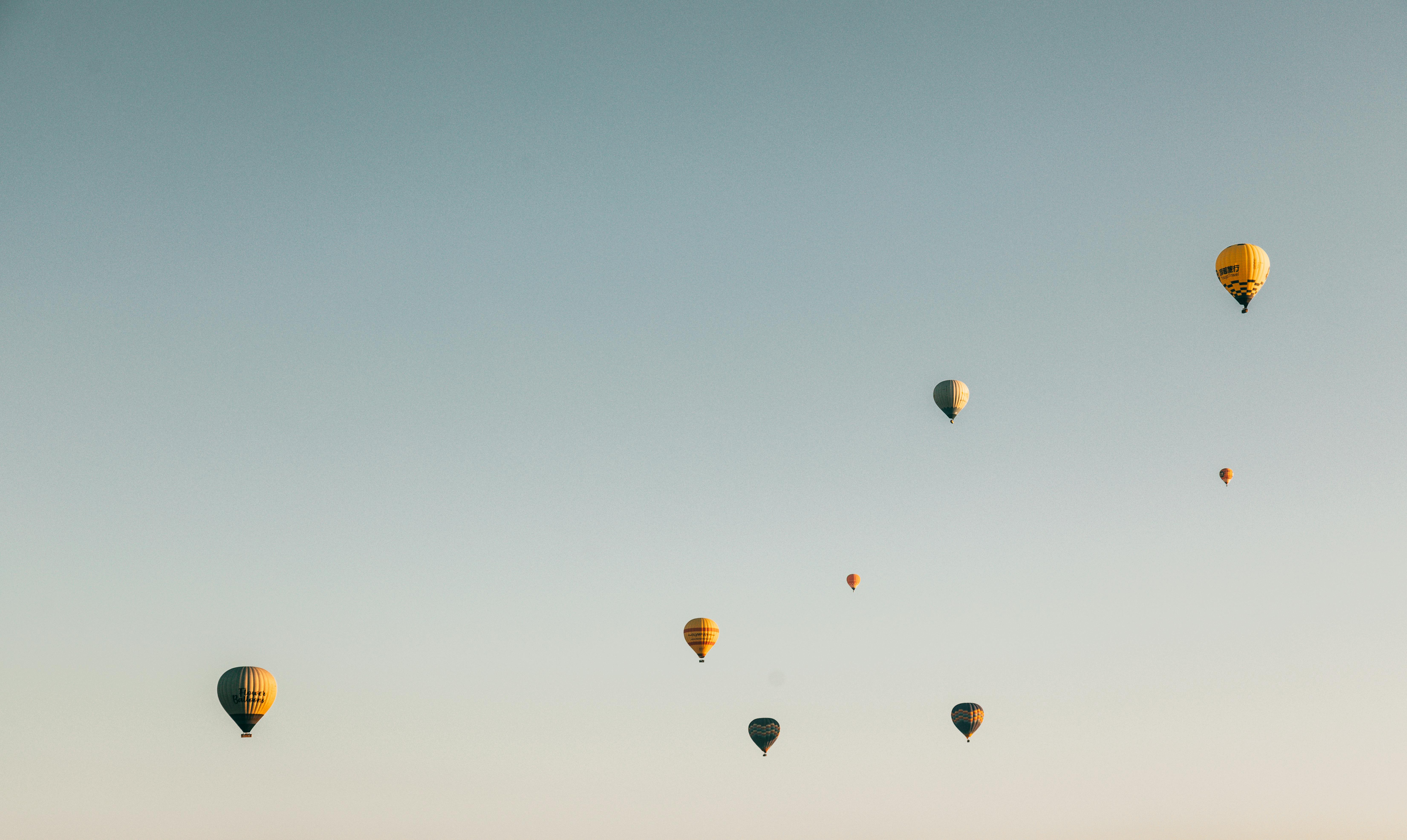Top 7 Simple Yet Effective DIY Telescope Improvements

The universe is simply infinite. And even the closest planetary and star systems are at a tremendous distance.
We just can’t get there right now. But then, at least we want to see it. Look.
But I have seen people complaining “with a small telescope you can’t see much!”. And you might as well agree with that.
And you know what? They are correct! They will never be able to see more than they try to.
These so-called beginning astronomers get discouraged because they don’t get the results they hoped for.
Observing the sky is not like spying on your neighbors with binoculars. It’s not that fast!
A good skygazer is also good at patience and can look through the eyepiece for hours.
To be very, very clear, improving telescope performance is not just about adjusting the scope. Of course it is part of it. But you also need to tune yourself and your eyes.
So in this article, today, you will learn some tricks with telescopes. I have found this to be most effective. These are the 8 easy DIY telescope improvement tips that work.
So here are the few things that can help optimize not only yourself but also your telescope. So you can see more and better:
1. Look for clear skies
There is no substitute for clear skies. In fact, it can indirectly add an extra inch to your opening.
Look up at the sky during the day for clues. There are clouds? When the sun is overhead, cover it with your hand and see if there is a light blue around you. At sunrise or sunset, make sure there are no clouds on the horizon.
2. Avoid light pollution
Pollution is in no way good for us. And when it comes to stargazing, the most dangerous is light pollution.
We normally observe the sky at night. The simple reason for this is that we need our environment to be as dark as possible. So you can explicitly see the light coming from that nice little distant object. But in our modern society, there is light pollution everywhere. So it will never be an ideal place. So what you have to do is go to a dark place.
And it should be with the least amount of artificial light (for example, streetlights, etc.). Going out of town is best when you want to see a faint or distant object.
3. New moon is good
Aim for longer hours of observations, especially on a new moon. Try to have at least two sessions per week.
4. Let your eyes embrace the darkness
Understand your eyes. They are in habit to shine. So it will take some practice for your eyes to adjust to the dark. And your student to configure.
When you start observing in a dark environment. Make sure you don’t see the source directly (such as the phone, light bulbs, etc.). It will disturb the adaptation. Use a red flash light if necessary and still don’t look directly into it. Your eyes can take up to half an hour to be at 100% capacity.
5. Keep watching it!
Did you know? There is a secret! To really notice the details. Just keep looking at the object constantly through the eyepiece. And as it progresses, the details start to unlock. It may take an hour to enjoy the full view. Off course, time varies with distance to the object. And you can take short breaks while you watch. But just do not disturb the concentration of your pupil with bright things.
6. Thermally optimize range
It is likely that when you place your telescope outside to begin observations, it will be warmer than the air outside.
What happens then is that the viewfinder radiates heat, which can cause display problems. Therefore, no matter how small your range is, it is better to allow it to collimate to the outside temperature.
For scopes up to 4 inches, it usually takes 20 minutes. And for scopes larger than 4 inches, add an additional 10 minutes for each additional inch.
Typically, the reflector scope takes less time to process than the refractor.
7. Stabilize your telescope mount
Keep it strong! As you move objects closer, the small vibrations your reach produces also move closer. It’s a big problem when you zoom high. You just won’t be able to see things at their best. They just won’t look clear! This is usually a big problem with cheap and light telescopes.
So what you have to do is stabilize it. Hang something heavy (such as a backpack, water bottles, etc.) on the tripod. Hope you got the clue!
So get out there with your lovely visor. Follow all the tips that I mention below. Get the experience you never had before. And let me know, how much can you see now and if there are any improvements? Just comment below for anything you need!